Our employees are among the leaders in their fields both nationally and internationally. We are engaged in a wide range of research tasks supported by both national and European public funds, as well as by the private sector. Examples of research topics include mathematical modelling of groundwater flow, mechanical behaviour of soils and rocks, the study of seismically active areas, and groundwater contamination problems. We address the alternative methods of energy generation, such as geothermal and wind power, as well as environmental protection concerns in the design of hazardous waste disposal sites, including planning for permanent storage of waste from nuclear power plants. Our best students are involved in the research as part of their PhD studies, and their work is recognised by the international professional community.
Research topics (hydrogeology)
 Practical hydrogeology, groundwater quality assessment and protection
Practical hydrogeology, groundwater quality assessment and protection
Particular examples of current problems in hydrogeology include the issue of gradually increasing nitrate concentrations in Káraný groundwater intake area, the concentrations of pharmaceuticals and their decay products in groundwater, the impact of global climate change and atmospheric deposition on both availability and quality of groundwater. We cooperate closely with the Czech Geological Survey, the Water Research Institute, Masaryk University and the private sector.
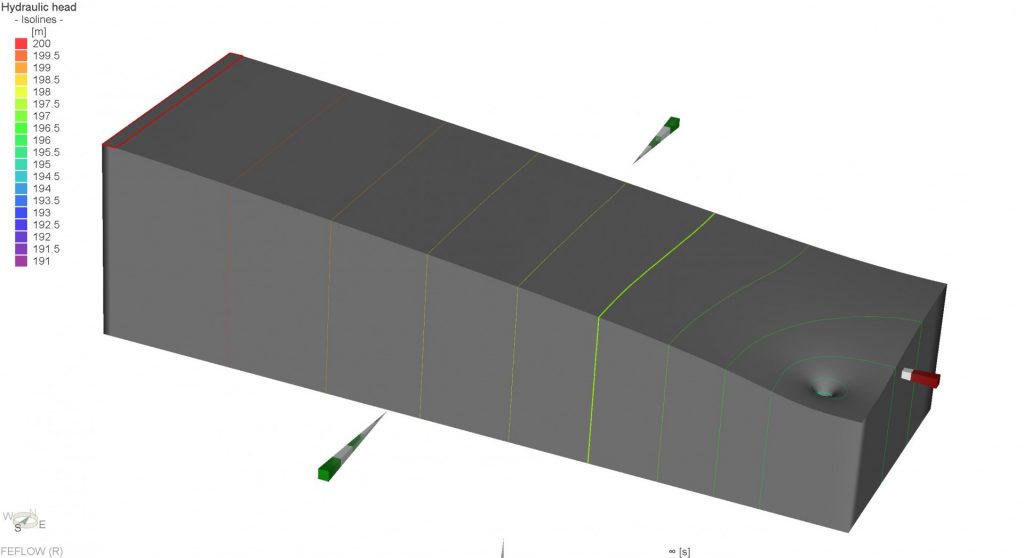 Numerical and mathematical modelling in hydrogeology
Numerical and mathematical modelling in hydrogeology
We provide mathematical models and numerical simulations of subsurface water flow, both of the groundwater and water in the vadose zone. Specific examples include modelling of stationary and transient flow in fractures with spatially variable expansion, numerical simulations of groundwater flow in the vicinity of circulation wells, and research on the efficiency of circulation wells depending on their parameters and hydrogeological site conditions. We develop mathematical models of general processes in groundwater and two-phase systems (problems of tidal effects and oscillatory phenomena). We also mathematically describe sedimentation of suspensions, whose behaviour is also studied in the laboratory. From the vadose zone, we focus on the efficiency of capillary barriers as a function of their material characteristics, including investigations of the reliability of mathematical models in confrontation with their laboratory measurements. We model the flow of water and solutes in clay soils with preferential flow in desiccation cracks (significantly affecting both infiltration and evaporation). We have developed methods for analysing microseismic data and a mathematical model for hydraulically stimulated fracture growth.
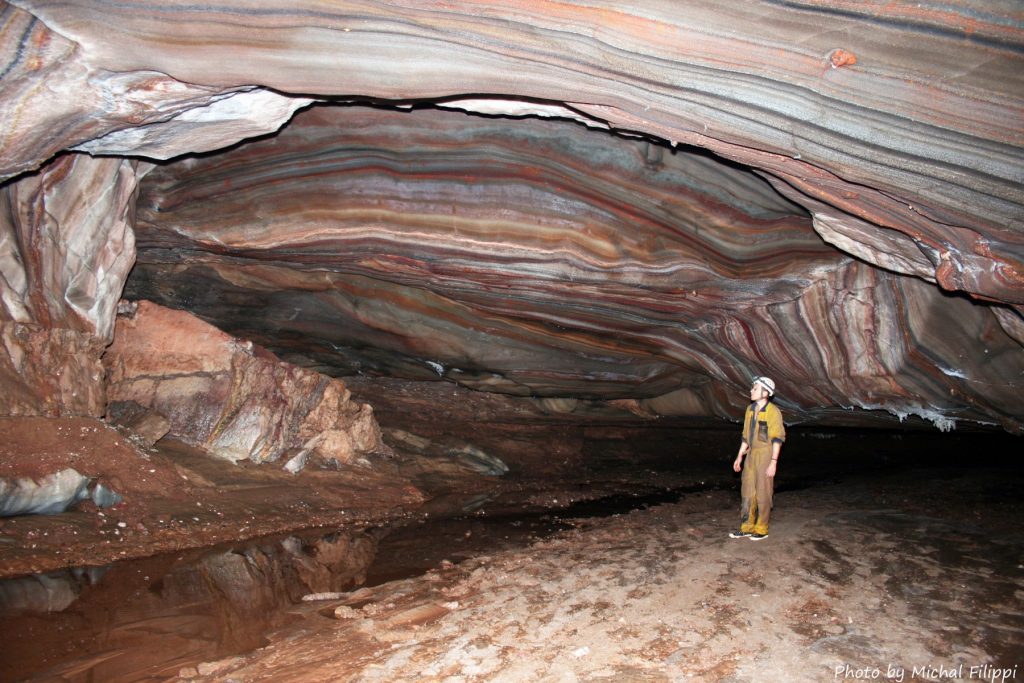 Karst hydrogeology
Karst hydrogeology
Karst is one of the most complex environments in terms of groundwater flow. In each area there are specific conditions to some extent. Our aim is to characterise the hydrogeology of the karst using different methods such as isotope methods and tracer tests. We focus on the relationship between river and karst environment, on the unsaturated zone and nitrate intrusion into the cave systems of the Moravian Karst, and last but not least on the hydrogeology of a large salt karst in Iran, where the world's longest salt cave was previously discovered in collaboration with colleagues from the Institute of Geology of the CAS and Shiraz University. We have unique autosamplers, a laboratory and field fluorimeter, and an instrument for measuring tritium activity.
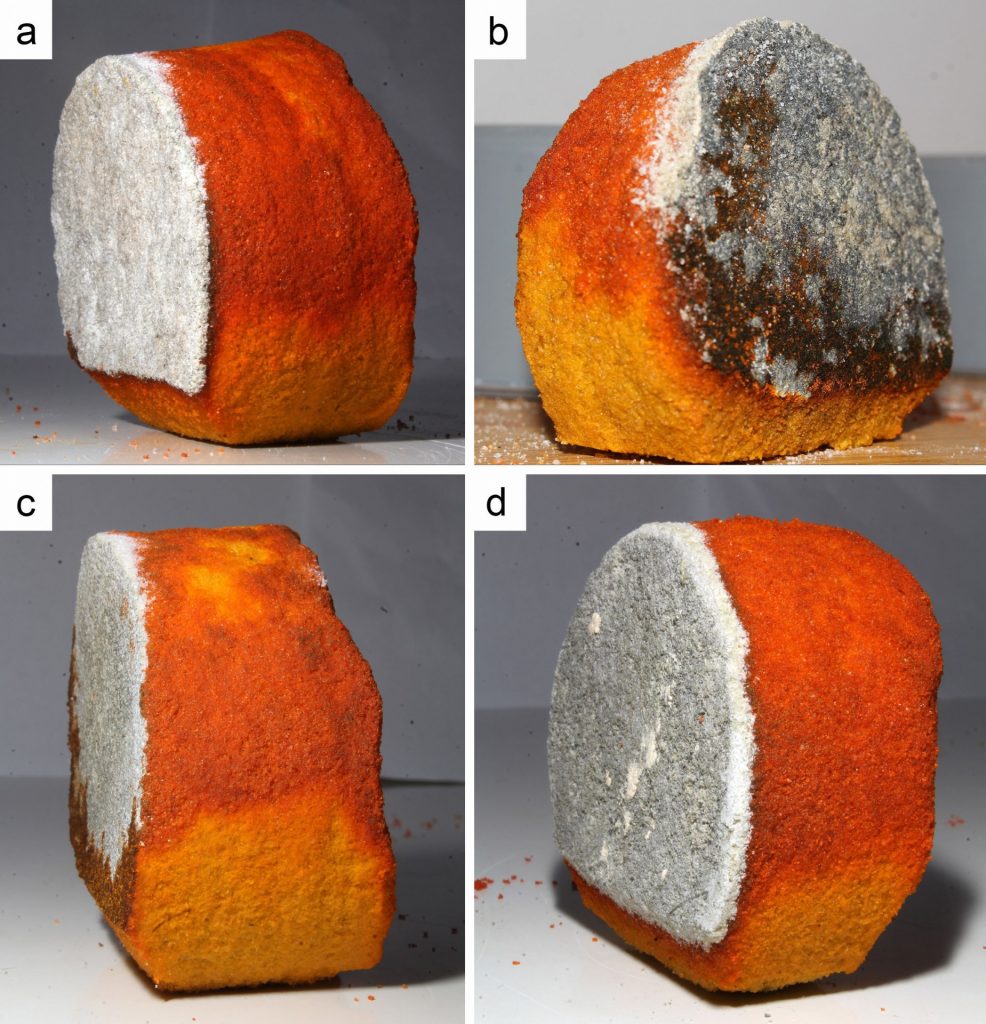 Water transport in porous media, evaporation, and the relationship to weathering
Water transport in porous media, evaporation, and the relationship to weathering
The spatial distribution of moisture, particularly near the surface of porous rocks, influences weathering. At the locations of pore water evaporation, so-called salt weathering occurs: previously dissolved salts concentrate and crystallise, and the growth of crystals causes the material to disintegrate, which can be seen, for example, in honeycombs (pits) on sandstones. Moreover, water in the rock also causes frost weathering, and the effects of frost weathering increase with increasing moisture in the porous medium. We aim to describe, under different outer conditions, the effect of the presence of liquid water and its flow on weathering processes. An important part of the research is the detection of sites where water evaporation occurs in pores from porous media under different conditions (e.g. climatic).
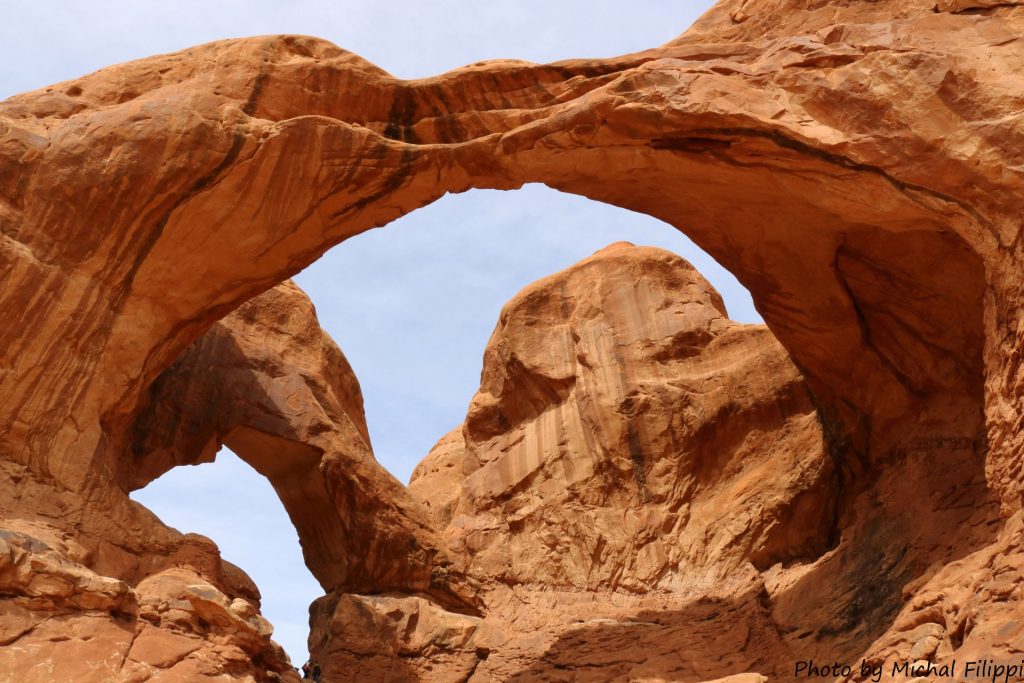 Effect of stress field on weathering of porous rocks
Effect of stress field on weathering of porous rocks
The aim of this research is to contribute to the understanding of weathering of porous rocks, focussing on the processes controlling the disintegration or, conversely, the strengthening of natural rock formations. A seminal paper has been published in the prestigious Nature Geoscience journal, clarifying the relationship between stress in rock and erosion. In some rocks, erosion rates are reduced in areas of higher stress, while areas of lower stress are more prone to erosion. The formation of natural arches and similar forms as well as the stabilisation of solitary rock pillars supporting overlying material can be easily explained using this principle. The research relies on both field data collection and numerical modelling using state-of-the-art software. We are collaborating with GFZ Potsdam (Germany) and BYU (USA) on the research. Currently, the limits of the introduced principle are being investigated - when is the degree of weathering controlled by stress, when is it not, and why?
Research topics (engineering geology)
Energy geotechnics and shallow underground heat storage
We aim to evaluate the potential of shallow soil layers (10-20 m deep) commonly occurring in the Czech Republic to serve as thermal batteries, that is, to accumulate energy surpluses or energy waste in the form of heat, and then allow for its extraction in the wintertime to meet the heating demand of urban districts. We are determining the thermal properties and investigating the thermo-hydro-mechanical response of soils subjected to cyclic changes in temperature. A key aspect of this research is the evaluation of stresses and strains caused by thermal cycling, which can potentially affect the foundations of buildings as well as surface and subsurface infrastructures situated in the area of influence of the thermal battery. In this research, we work in cooperation with the members of COST Action FOLIAGE.
Understanding and modelling natural hazards under climate change
Climate change is altering the frequency and patterns of natural hazards, particularly of landslides, affecting both their likelihood and severity. The stability (or instability) of hillslopes results from the complex and coupled interaction between the ground and the atmosphere, which is typically mediated by the action of vegetation or, more broadly, by land use. Thermo-hydro-mechanical and bio-chemo-mechanical processes are being investigated in order to assess this complex interaction and improve our ability to predict natural hazards and mitigate their consequences.
 Mathematical modelling of geomaterials using hypoplastic models
Mathematical modelling of geomaterials using hypoplastic models
...
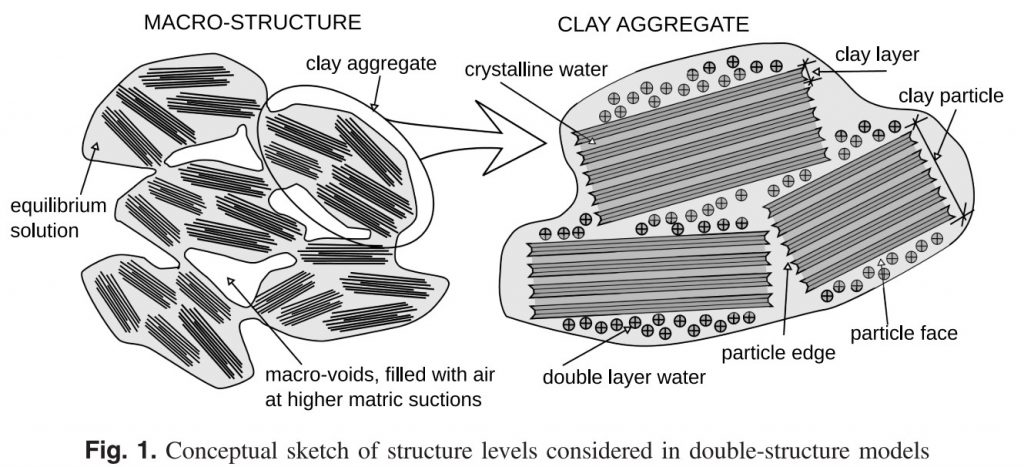 Laboratory testing and mathematical modelling of bentonite barrier for nuclear waste deposition
Laboratory testing and mathematical modelling of bentonite barrier for nuclear waste deposition
...
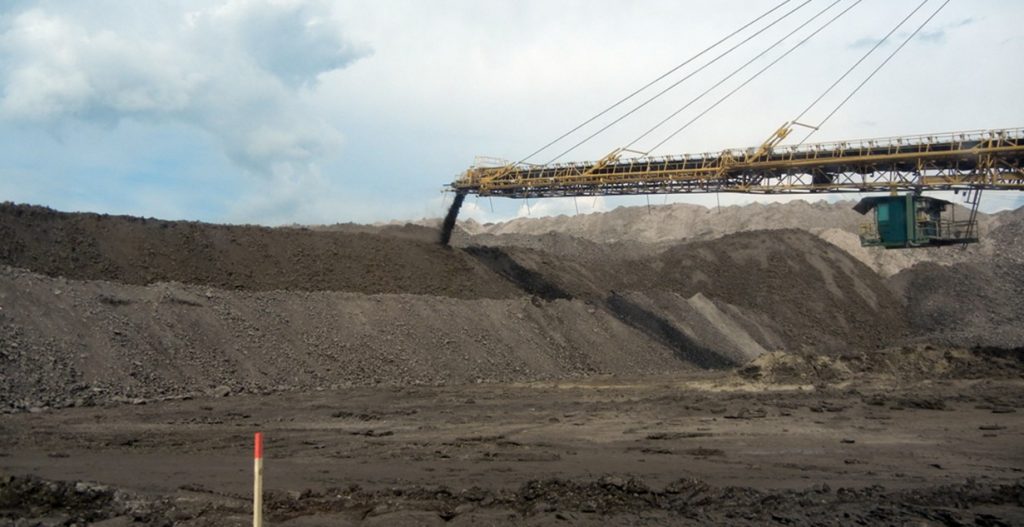 Mechanical properties of mine waste dump soils
Mechanical properties of mine waste dump soils
...
 Engineering geology models
Engineering geology models
...
Research topics (applied geophysics)
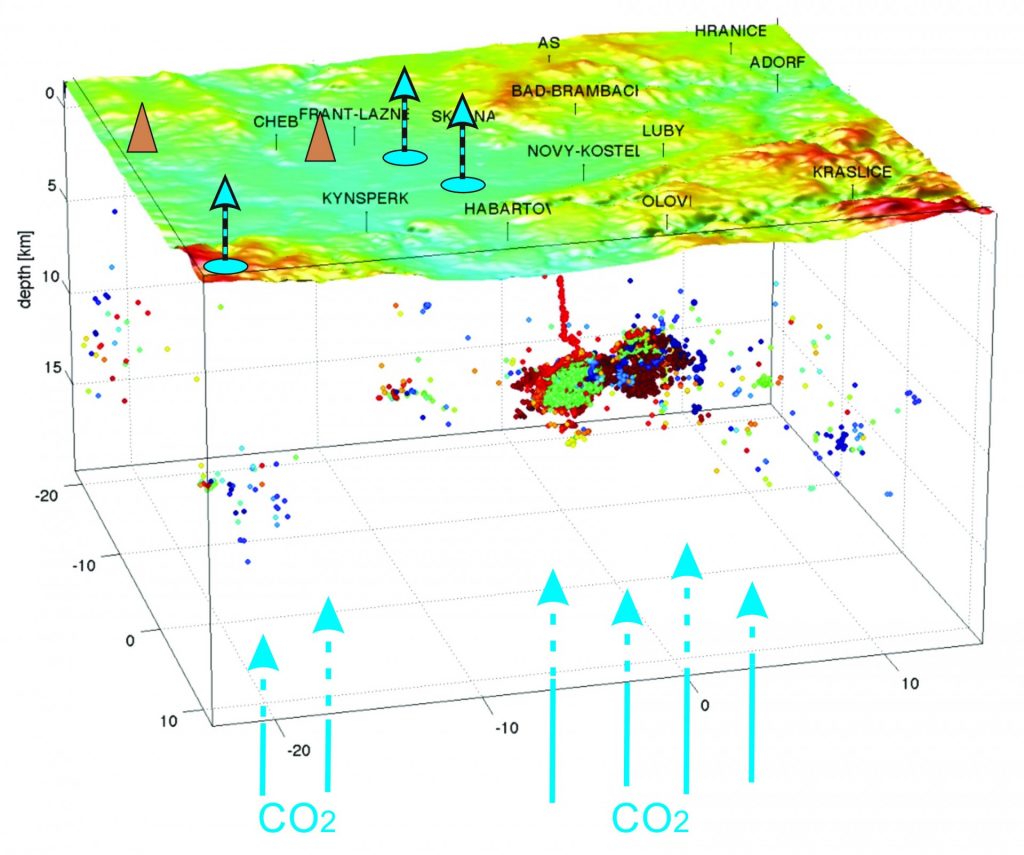 Seismicity and fluids
Seismicity and fluids
...
 Environmental geophysics
Environmental geophysics
...
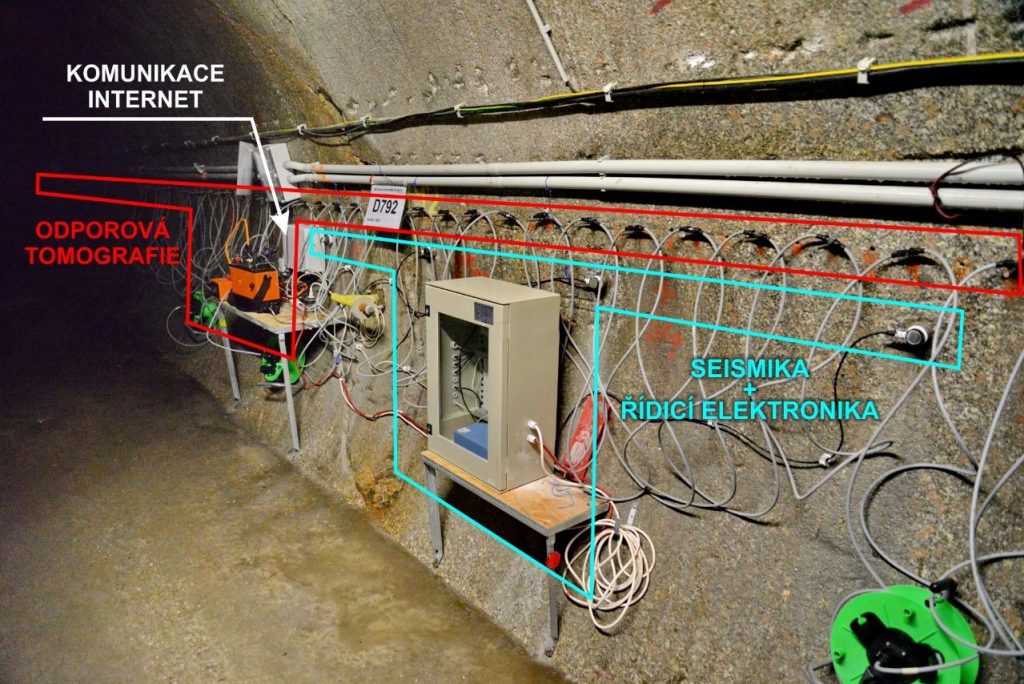 Subsoil fracturing and physical properties of rocks
Subsoil fracturing and physical properties of rocks
...
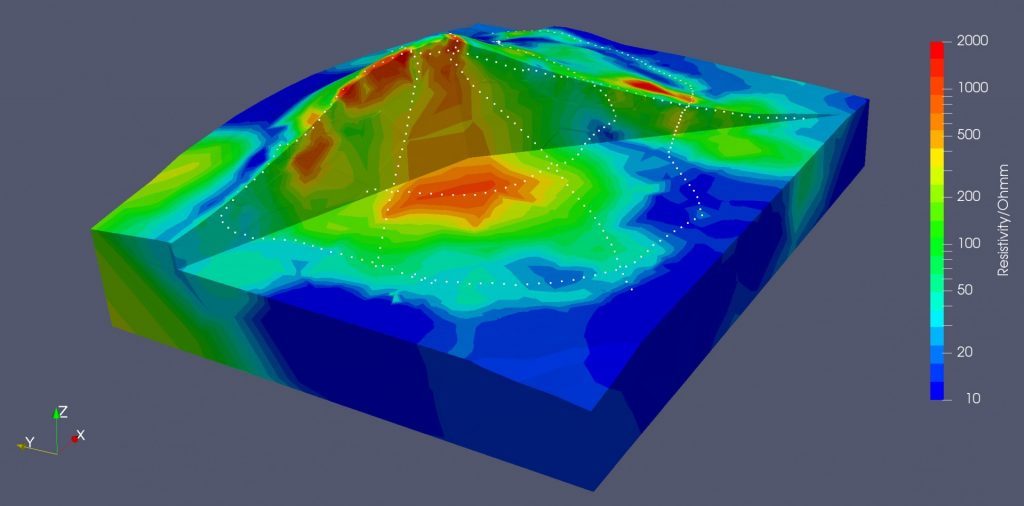 Geofyzikální projevy geologických struktur Geophysical representation of geological structures
Geofyzikální projevy geologických struktur Geophysical representation of geological structures
...
 Geophysical petrology in interdisciplinary research
Geophysical petrology in interdisciplinary research
...



























